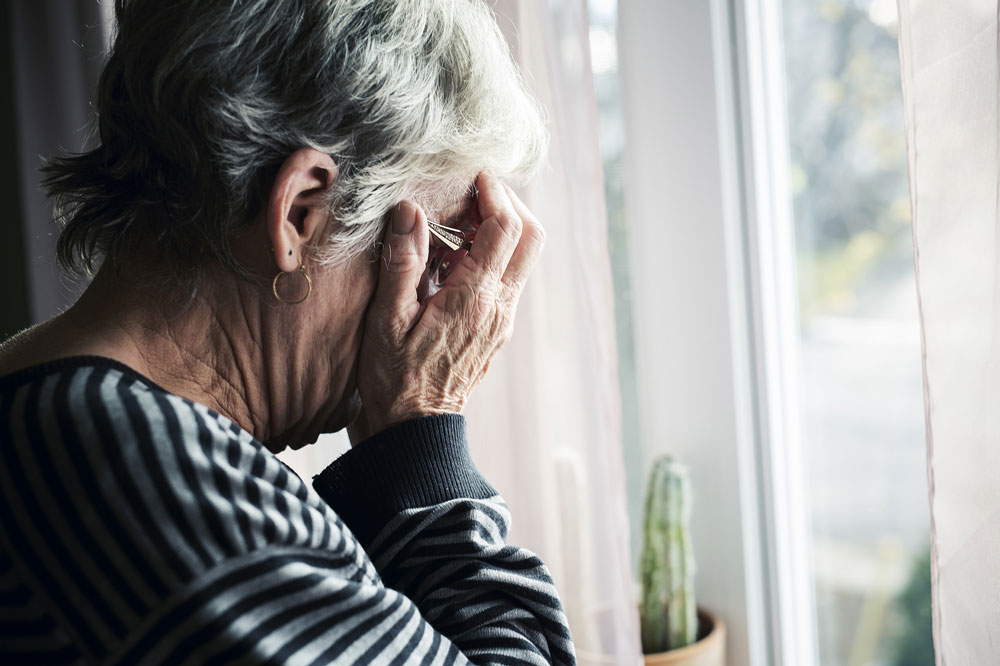
In January, an elderly woman at a nursing home in Gimcheon was lynched by her caregivers and got injuries that required six weeks of medical treatment. It suddenly became public through the fact that they kept assaulting the woman even though she tried to resist. Even worse, they lied to her family and told them that she was just making a fuss. The Sungkyun Times (SKT) would like to introduce the concept of elder abuse, its seriousness, and suggestions for prevention.
What Is Elder Abuse?
Concept of Elder Abuse
According to the Aged Welfare Act, elder abuse refers to the act of physical, emotional, mental, and sexual violence and other cruel treatments toward the elderly. The most typical types of elder abuse include physical, emotional, and sexual abuse. In addition to these, there are neglect, self-neglect, financial exploitation, and abandonment. Elder abuse can be divided by the location of occurrence: domestic abuse and institutional abuse. Domestic abuse means abuse committed by family members within the home. Institutional abuse is abuse committed by caregivers in care facilities. Besides, elder abuse can also arise in hospitals or public places. According to an annual report released by the Ministry of Health and Welfare (MOHW) in 2020, the most common type of elder abuse over the past ten years was emotional abuse, but physical abuse also increased considerably. The most frequent type of abuse in facilities was neglect, followed by physical and sexual abuse.

Characteristics of Elder Abuse and Causes of Institutional Abuse
Elder abuse is recurring and repetitive because the elderly cannot escape from violence easily due to their sometimes weakened physical state or social position. The majority of elder abuse cases occur at homes; however, it is reported that the frequency of institutional abuse has soared over the past ten years. Among the reported cases to the Elder Protective Services Agency (EPSA), the number of institutional abuses increased about nine times, from 71 cases in 2009 to 617 cases in 2019. When considering the reported frequency of abuse cases, institutional abuse tends to become routinized; “more than once a week,” “daily occurrence,” and “once a month” were the top three responses. The causes of institutional abuse are mainly due to “the characteristics of the old person,” “the characteristics of the caregiver,” and “the environmental features of a care facility.” Elderly people with a vulnerable health status such as dementia are more exposed to the risk of being abused. Also, caregivers’ stress and lack of care education and awareness are the major causes of abuse. Lastly, excessive work hours of caregivers and understaffed environments can lead to abuse in care facilities.
Severity of Elder Abuse in Facilities
Loopholes of Elderly Care Systems
The existing regulations are not enough to deal with elder abuse fundamentally because they are mostly about punishment. It becomes apparent when compared to child abuse. Unlike the Child Welfare Act, which cites that the state and the local government are responsible for preventing child abuse, the Aged Welfare Act does not clearly state the responsibility of states toward elder abuse. Accordingly, the law has insufficient grounds for securing the budget, which results in the under budget of preventing elder abuse. Only 0.005% of the total elder welfare budget was allotted to the EPSA. Moreover, elder abuse usually happens repeatedly, so it is essential to provide long-term treatments like safe housing away from the perpetrators; however, there is a lack of policy and system regarding this. For example, the shelter duration for the elder abuse victim is limited to three months, while the duration of other victim shelters is up to two years. The limitations of punishment, such as weak administrative measures or neglecting management, are also serious issues. It is hard to examine and act immediately to the institutional abuse because even though the facility refuses the examination, there is no way to punish them. Finally, the infrastructure for related institutions to cooperate and share the data to manage elder abuse does not exist currently.
Increased Abuse Rate in Elderly Care Facilities
The primary cause of a recent increase in institutional abuse is the inverse relationship between the number of old people and the caregiver. The MOHW’s statistics showed an increase in the number of institutionalized elderly from about 160,000 to about 200,000 during the same period. However, according to the labor union, each caregiver looks after 30 seniors at most, but they are paid less than other social workers. Moreover, the pandemic situation has aggravated the number of elder abuse cases. The MOHW‘s report in 2020 demonstrates that elder abuse cases increased by 19.4% between 2019 and 2020; many experts assert that this resulted from the pandemic. The limited access to the nursing home makes it hard for volunteers and outside staff to help the caregivers, increasing the chance of institutional abuse. Caregivers’ stress and the shortage of hands in the care facility can lead to neglecting the elderly in need. Also, as the nursing facilities restricted the family visit, it became hard for guardians to check their parent’s condition and discover signs of abuse. According to Hankook Ilbo, Mr. Kim discovered that his father, who entered a nursing home last October, got injured but was neglected by the caregivers. He said that
he only found out about the abuse a month later due to the restrictions on visiting.

Better Protection for the Elderly
Revision of Relevant Laws
The Aged Welfare Act should be revised to specify elder abuse. Domestic abuse and institutional abuse differ in many aspects, so they should be stated separately in the law. Under the existing provisions, elder abuse is limited to the violence enacted by guardians. Considering the increase in institutional abuse occurrence these days, the statutory perpetrator needs to be modified. Moreover, if the law clearly states the responsibility of governments to elder abuse, the government will be allowed to provide more budget and more rapid response. Regarding the administrative measures for the punishment, it needs to clarify the administrative disposition following the type of facility, the degree of abuse, and the number of victims. In addition, there should be a revision of the law regarding the EPSA to strengthen their investigation authority. If the facility refuses the investigation, there should be sanctions such as budget cuts. Also, the EPSA has to monitor the facilities frequently so that it can quickly start an investigation when elder abuse occurs. Moreover, there is a need to enact laws for the caregivers’ welfare, which can improve labor conditions in a care facility, observe work hours, and give danger pay.
Establishment of Infrastructure
Reformation to the current prevention systems and countermeasures will better handle abuse cases. First, an information-sharing system among major facilities, including police and counseling centers, needs to be established. In addition, report and surveillance procedures should be boosted. Navisaegim, an application for reporting abuse, needs to be promoted to the public so that people can report abuse cases easily. With the newly enacted law mandating closed-circuit television inside care facilities, care facilities should allow guardians to access it. Also, it is necessary to prepare long-term countermeasures for victims. For example, extending the available shelter duration of elder abuse victims and providing constant counseling can be considered. If the EPSA has enough staff members such as a professional counselor, counseling of the victim and the field investigation can be handled rapidly. Moreover, it is worth consideration to oblige the EPSA to offer legislative services to victims. Finally, the protection order, which protects a victim against an assailant regardless of a criminal penalty, should be applied to elder abuse. As it has already been used in child abuse and domestic violence cases, it is expected to be similarly effective to elder abuse cases.

Though our society has become an aging society, many people seem to be less focused on the issues of the elder care. However, we need to take notice of elder abuse and try not to make it a one-time issue. Remember that elder abuse can also happen near us at any time, so try to pay attention in case there is a victim in need around you!
